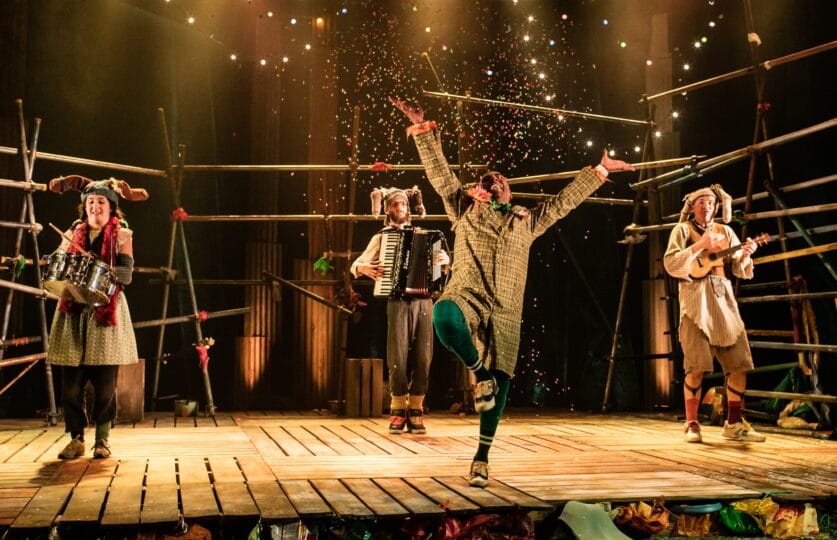
Learning through stories with children is always a fantastic way to build language, new vocabulary and imagination.
When we find ourselves reading out loud to little ones, stories are organically performed to engage your little listener. Without even knowing it when you’re tucked up with your tot for a bedtime story you’re bringing to life an ancient form of education and theatre that’s naturally engrained within our DNA.
This blog is an opportunity for families to find a fresh and invigorating approach to storytelling with your tots (age 0-4) and will show you how to engage multiple senses during story time. Below is a step by step list of creative suggestions of how to take children’s books off the page and create your own sensory story, using nothing but easy and accessible materials from your home.
Share your experience with us by emailing [email protected] or post on social media using hashtag #MercuryMakes!
THE STEPS
1. CHOOSING YOUR STORY
Take a look at the collection of books you and your tot enjoy reading together. Make sure you both decide on a book that you would like to see come to life – though remember you don’t need a book to tell a good story! As an alternative have a look at what inspiring materials you have at home and see what stories can come from that, this is usually a great task for any older children to join in with.
2. CHOOSE YOUR KEY ELEMENTS
Start to think about jotting down the key elements within your story. Who are the main characters? What are the main events in the story? Have a look around your home to find objects and materials that could represent these elements within your story. Maybe you need to recreate the sound of heavy rain; try thrashing a bin bag around and see if it fits (remember not to leave with any little ones unattended) or put uncooked rice in a Tupperware box and give it a shake. This part of the exploration is all about trying different materials and seeing if the sounds or touch of the objects fit within your story.
3. CREATE ACTIONS
As well as creating your own key elements, pick 10 words within the story that stand out, and come up with fun and active actions to these words so you and your tot can join in together.
When matching actions to your keywords allow time and space to really express the words. Try exploring with different rhythms of the words. Does the word sound short and sharp or long and heavy? Let those visceral elements take effect in the gestures made. Again this can be a great opportunity to involve an older child, and ask them to match sounds and feelings to words. Emphasising actions to words assists in the progression of learning the words.
4. GET THEATRICAL
Think about what costumes you can use that represent these characters. This is an opportunity to dress up as these characters yourself. Find some simple and colourful materials to represent them. For instance if your story is ‘Wind In The Willows’ and you’d like to be ‘Badger’, find a black and white stripy top to wear and tape a small torch to a hat. Find fun and engaging voices for these characters.
In our last blog we showed how to create your own sock puppets, maybe with the character ‘Mr Toad’ you could create a green sock puppet. You can find the link here.

5. PERFORMING YOUR STORY
Before starting your story make sure your objects and materials are laid out in front of you and your child, in a space with no distractions. Sit comfortably on a mat or pillow. The stage is now set and it’s time to have some more fun on the journey you’ve created. Once you’ve put together your sensory story, put together the objects and materials into a designated bag or box for your story so you can do it all again tomorrow!
Remember to keep it fun, creative and most of all, simple. You don’t need to buy anything. You can allow yourself lots of time to build your sensory story. This could take all day or an hour, it’s up to you to decide.
DON’T FORGET
On Tuesday afternoons at 3.30pm it’s Storytime with Dale Superville over on our Facebook page!
#MercuryOnline
Newer Blog Post Older Blog Post Back to Blog

